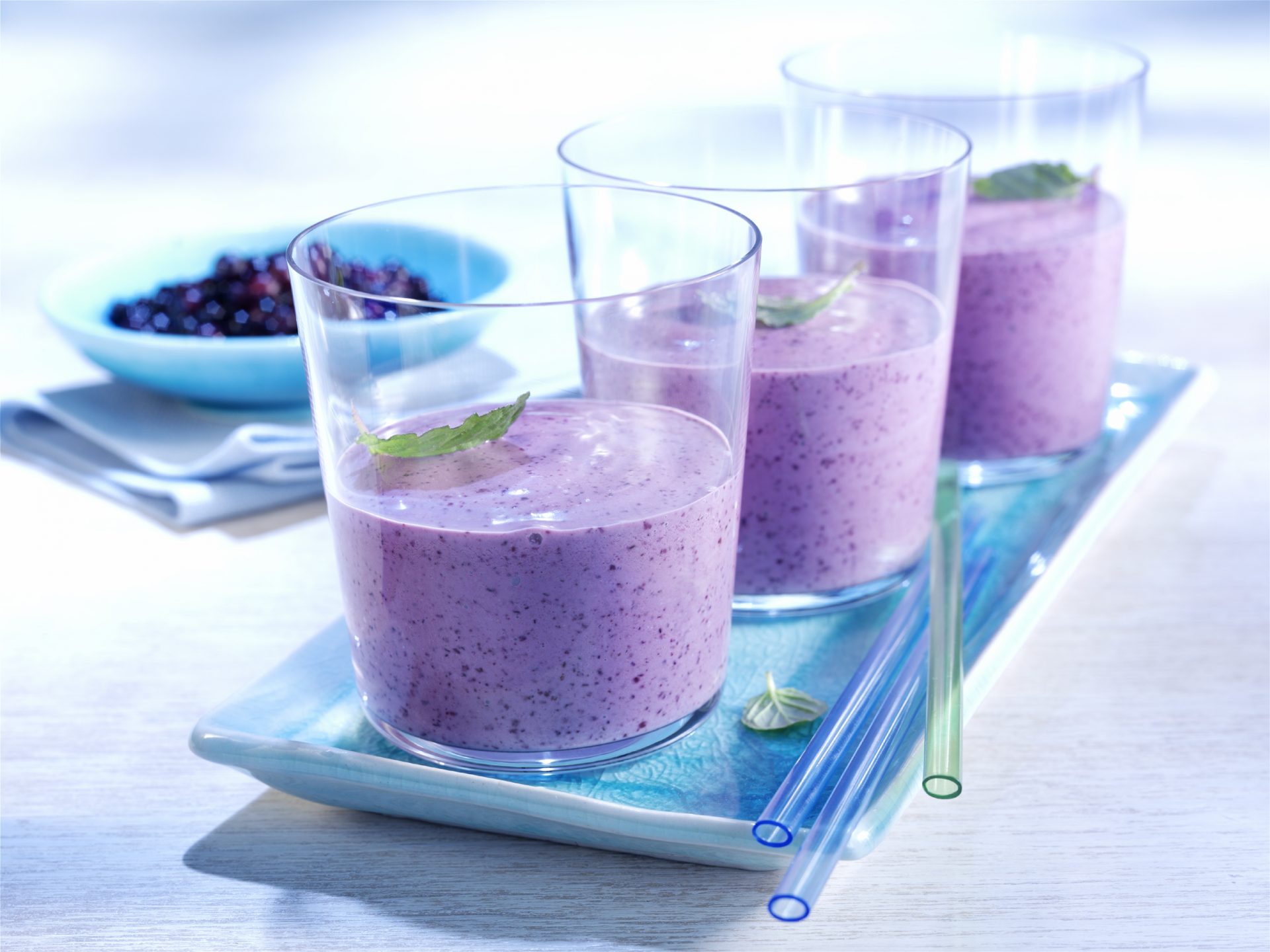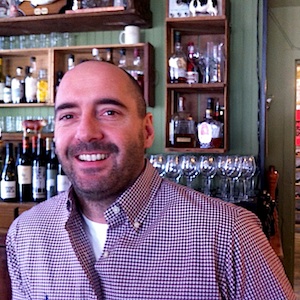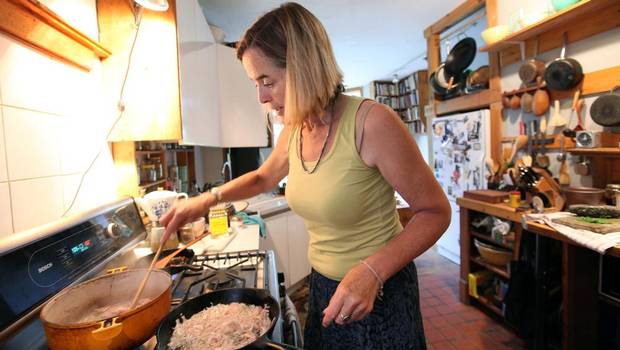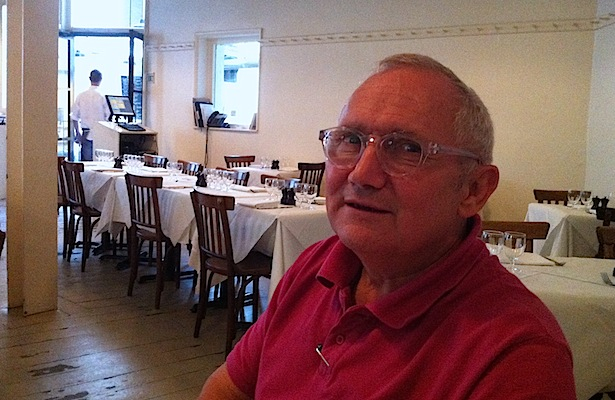by the Wild Blueberry Association of North America, a ‘Certified Good Food Fighter‘
New study shows that a
serving of wild blueberries a day can keep the doctor away
This week, a new study released from researchers at the City of Hope in Los Angeles highlighted the positive effect of blueberries on triple-negative breast cancer, an aggressive form of breast cancer that typically responds poorly to treatment (read more at Exciting Study Ties Blueberries to Breast Cancer Prevention). The investigation into the health benefits of blueberries was familiar to researchers, Shiuan Chen, Ph.D and Lynn Adams, Ph.D. A 2010 study into the cancer-fighting properties of the fruit prompted them to refer to blueberries as one of the most potent and popular disease fighters available. Previous research has focused on the powerful phytochemicals in blueberries that counter the damage of free radicals, and this latest study took the inquiry one step further. “Our results demonstrate that blueberry consumption can greatly reduce the growth and spread of an aggressive form of breast cancer,” said Shiuan Chen, Ph.D., director of the Division of Tumor Cell Biology at City of Hope and senior author on the paper that will appear in the October issue of The Journal of Nutrition.
While the study’s focus was on blueberries – already known for their disease-fighting properties – the true message of the study, said nutrition advisor to the Wild Blueberry Association, Susan Davis, MS, RD, is not necessarily to urge people to eat more blueberries, but to help advance a vital health message. Davis is a member of the Bar Harbor Group, a collective of U.S. and Canadian researchers who are active in the fields of neuroscience, aging, cardiovascular disease, cancer, eye health and other health-related areas who regularly share their research findings and explore opportunities in berry nutritional health and research. The group met this past August to share new research into the connection between blueberries and Alzheimer’s, heart disease, and diabetes.
The study’s applicability to all diets also reinforced an important message of food as medicine, Davis said. “The fact that the amount of fruit consumed is achievable in ordinary diets shows the power of foods in helping prevent disease,” she said. Researchers like Chen and Adams and those who are part of the Bar Harbor Group continue to make strides toward isolating components in food that could help prevent cancers and diseases of aging, providing more scientific evidence that we should view food as “treatment” for disease as well as use it defensively as a preventative for disease and the effects of aging.
According to Davis, studies like this one solidify this message for the public and help contribute to a cultural understanding that can save our lives and contribute to our longevity: that what we eat makes a significant difference in how we look, how we feel, and how healthy we are. While many of us are taking nutritional measures to preserve our health, others continue to miss the clear connection that exists between food and our wellness.
Davis said another important aspect of this study’s subsequent report and analysis is the message reiterated by its researchers concerning the effects of food synergy. Because fruits and vegetables contain very different compounds that complement each other, it’s important to understand that one will not provide all the health benefits we need. Instead, these components work together, in ways we don’t yet understand, to augment their singular effects. When it comes to fruits and vegetables, variety truly is the key to healthy eating, and that’s another message worth hearing again and again.
“Berries are powerful sources of protective compounds and the blues are one of the best. A good way to judge how healthy your diet is, is by color,” said Davis. “Get the colors on your plate at every meal, and make one of them blue.”
Wild Blueberry Soy Shake
Ingredients:
2 cups (300 g) wild blueberries, frozen
1½ cup (250 ml) vanilla soy milk
4 tablespoons honey
1 dash freshly ground nutmeg
Mint for decoration (if desired)
Preparation:
Blend honey with soy milk. Add frozen wild blueberries and puree until smooth. Season with a dash of nutmeg. Pour in glasses and add mint leaves for decoration if desired. Serve immediately.
Note: almond, rice and other milks may be substituted. Use other sweeteners as desired. More honey can be added for greater sweetness, if desired.
Preparation time: Approx. 5 minutes
Serves 4
Nutritional information per serving:
Calories: 140
Fat: 1.5 g
Cholesterol: 0
Sodium: 35 mg
Carbohydrate: 31 g
Protein: 2 g
Fiber: 3 g
Recipe courtesy of The Wild Blueberry Association of North America (WBANA). For more wild blueberry recipes visit www.wildblueberries.com. Follow @WildBBerries4U on Twitter for recipes, new health information and more.










Trackbacks/Pingbacks